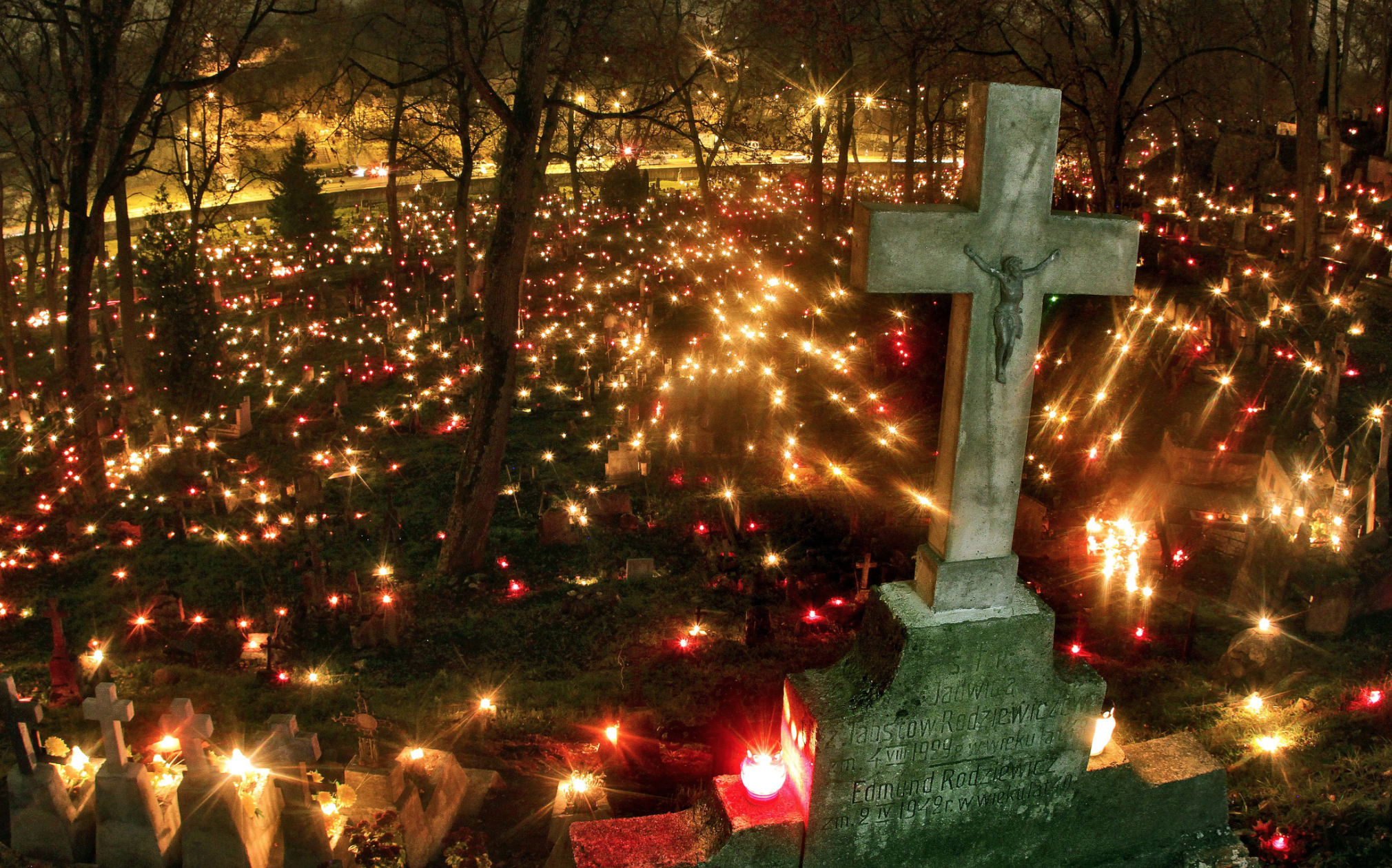A country where all men are named Jesus and women are simply Marias. Where to the music of mariachis with mustache the burning wind chases tumbleweed from agava to cactus all day long. Mexico. This is what it looks like to any person from overseas. But under this familiar image Mexico can be seen in its truly authentic, mysterious and a little scary way.

On November 1st and 2nd, the whole country, young and old celebrates the main national holiday – the Day of the Dead. Centuries before the New World was decided to call "New", Indians believed that the souls of the deceased visited the land so that the living, after collecting pumpkin and maize, could communicate with them, share the news and ask for advice. Of course, when ships with Europeans arrived here, the Catholic Church tried to fight the alien custom in its own way. "Divide and rule" – the priests decided... No, not that. "If you can't beat them – lead them" – here! And they decided to unite the ancient Indian holiday with Christian: the Day of Commemoration of the Faithful Departed and the All Saints' Day.

What happens if we mix the colorful customs of Aztecs and other Maya with ascetic Spanish Catholicism? Definitely something extraordinary! The tradition of sacrifices was eradicated, and was decided to celebrate only a couple of days instead of a whole month, in a simple way. Catholics still managed partially to win the fight of cultures. But Dia de los Muertos – Day of the Dead – survived that too (I'm sorry).
All the greedy for life splendor of Dia de los Muertos embraces everyone. As for any important national holiday, for the Day of the Dead you need to get ready in advance, and preparations consist of a number of steps. First the house gets cleaned and decorated. Favorite dishes are cooked for the dead, special bread – pan de muerta is baked. They put water to quench their thirst after a long journey (no wine for children!), and salt – for the strong bones. While someone is in the kitchen, the rest of the family needs to build a special altar for the dead. It is made from photographs of the deceased, decorated with flowers, candles, favorite things.

The building of altars was a purely family matter before, but now they can be seen in public places: universities, airports, police stations. Sometimes they put figurines in them, indicating the profession or occupation of those to whom the altar is devoted. Family altar or not, in any case one thing is invariable – there will be a skull in it. It is highly unlikely to find the real skull of someone's ancestor – regardless, all traditions weaken through thousands of years - but they are quite successfully replaced by multicolored skulls made of sugar.

Calavera – from Spanish "skull" – is an unchanged attribute of the Day of the Dead. First, it's a sugar skull itself, decorated with a fun ornament. Second, calavera is a comic or scary "dead man" make-up. And, of course, when it comes Calavera, you can't forget about Calavera Catrina. A little over a hundred years ago, in 1913, the Mexican artist, illustrator and cartoonist José Guadalupe Posada on lithography depicted a skeleton in a gorgeous hat. This image recalls Mictlancihuatl, the Aztec goddess who once patronized the holiday. Mexicans loved the infernality of a noble lady with a skull instead of head so much that it is no longer possible to imagine a holiday without her today. During Dios de los Muertos, she walks with an umbrella around the city or stands on a table in the form of a small toy figurine.

The celebration lasts two days (more precisely, two nights) and takes place in two stages. On the night of October 31 to November 1, they remember little children ("angelitos" – angels), who can stay this way with their family for a day longer. And from the 1st to the 2nd there is a remembrance of adults. This is the day when people come out into the streets to have fun. Carnival marches and parades are accompanied by the prettiest skeletons – street musicians, playing from their heart to order. Closer to the evening Mexican families head to cemeteries to decorate graves of relatives with flowers and candles.

Someone older will certainly tell a funny story from the life of the deceased or read joke verses about him. What are the tears for, only in a year there will be a chance to meet again! In cemeteries share pan de muerta, have fun and dance: "skeletons" of street musicians will find you here as well. They gather around themselves party people and looky-loos – such procession is called comparsa. Comparsa, like life itself, has no strict route.

It's like a river of candles and music, captures and carries people through the night streets, towards tourists and local residents – alive and not so much. When all the treats are eaten and the last chord sounds in the cool pre-dawn air, people will go home. The dead will return to where they came from to visit you again in a year. And the living need to sleep, after which they can start preparing for the next Dia de los Muertos.












